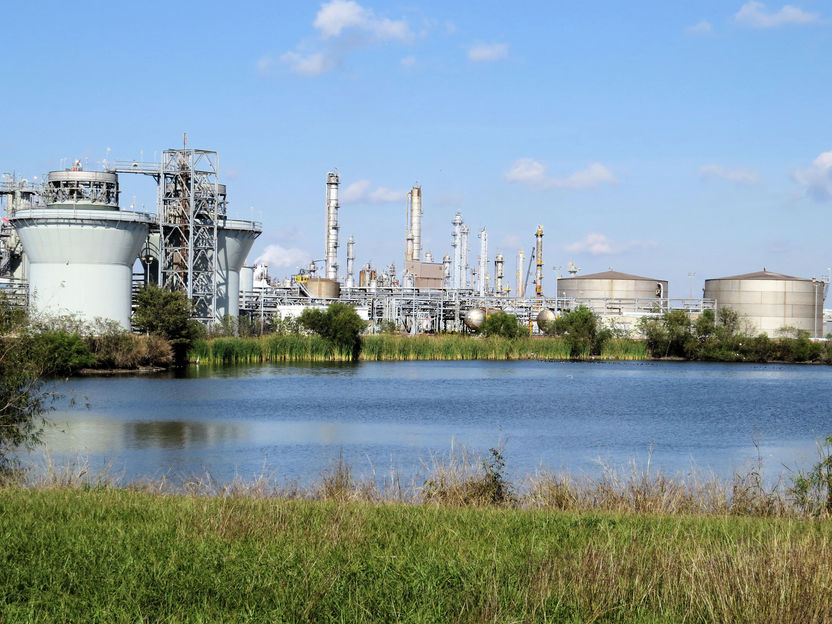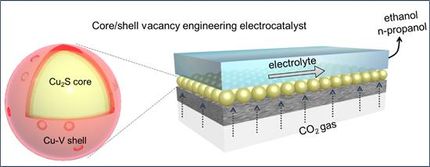Oxea builds second propanol unit at Bay City, Texas
Oxea has started the construction of a new world-scale propanol unit at its production site at Bay City, Texas, USA. The new unit “Propanol 2” is scheduled to come on stream in 2018. Once commissioned, it will add a capacity of 100,000 mt/year of propanol and 40,000 mt/year of propionaldehyde. Propanol is used to manufacture products mainly ending up in printing inks, coatings, adhesives, and pharmaceuticals applications. Propionaldehyde finds uses in pharmaceutical applications and the production of food preservatives, plasticizers, plastics, and rubber chemicals.

Bay City Plant
OXEA GmbH
“This project reflects our long-term selective growth strategy. It helps us reinforce our strong position as the largest producer of propanol worldwide. Propanol 2 will provide Oxea with opportunities for further expansion into profitable growth areas,” commented Purnendu Rai, Executive Vice President Global Sales and Oxo-Intermediates.
As Oxea is finalizing the detailed engineering phase, construction of the new plant has commenced. Site preparation, including demolition of existing foundations from previously retired equipment, and the construction of temporary project facilities has been completed. Current activities are focused on starting the execution of civil construction and completing the bid processes for the remaining construction work, primarily mechanical, and instrumentation and electrical.
“This capacity increase is another excellent example of our strong commitment to supporting our customers with sufficient and reliable supplies,” stated Oxea’s CEO, Salim Al Huthaili. “To continue as a profitable and sustainable company, we are significantly investing in our production platforms and continuously seeking opportunities to differentiate ourselves. We aim for further expansion of our portfolio and growth in volumes over the coming period,” he added.
Most read news
Other news from the department manufacturing

Get the chemical industry in your inbox
By submitting this form you agree that LUMITOS AG will send you the newsletter(s) selected above by email. Your data will not be passed on to third parties. Your data will be stored and processed in accordance with our data protection regulations. LUMITOS may contact you by email for the purpose of advertising or market and opinion surveys. You can revoke your consent at any time without giving reasons to LUMITOS AG, Ernst-Augustin-Str. 2, 12489 Berlin, Germany or by e-mail at revoke@lumitos.com with effect for the future. In addition, each email contains a link to unsubscribe from the corresponding newsletter.





























































